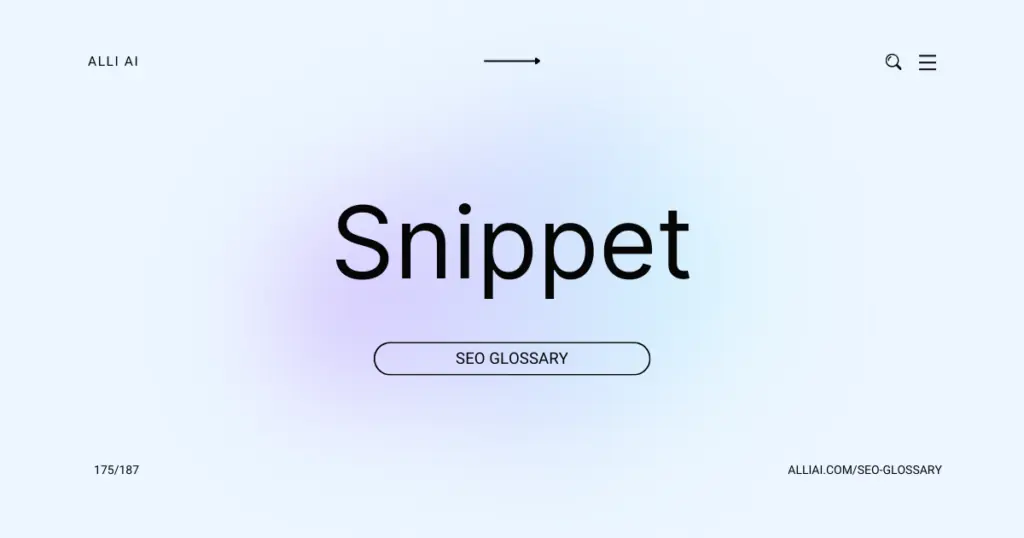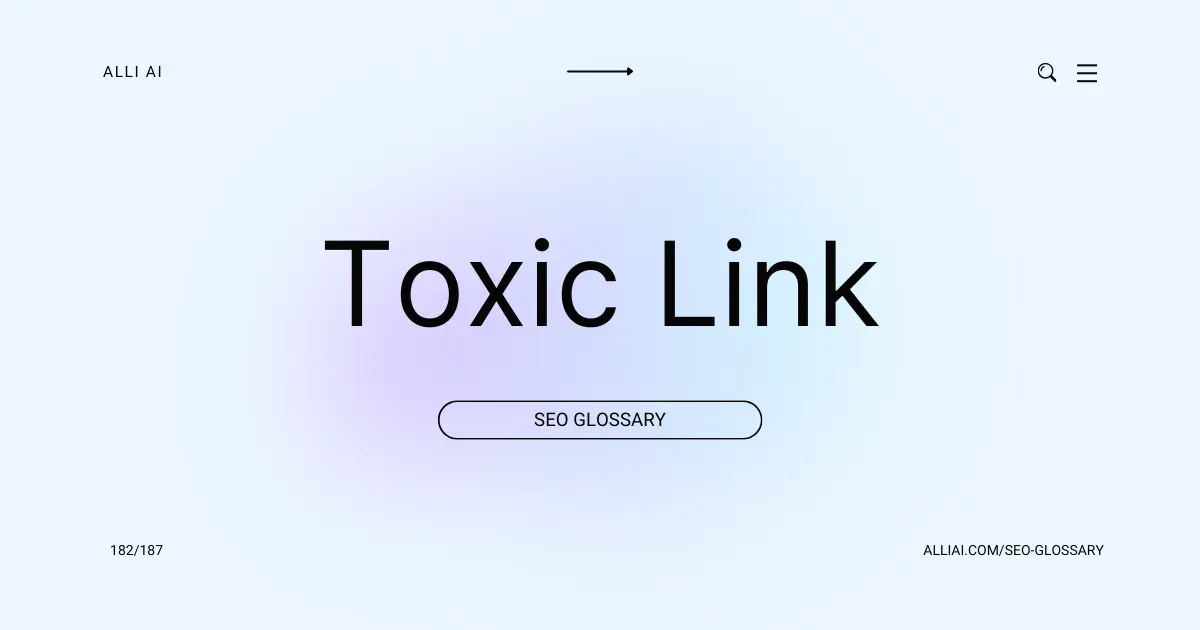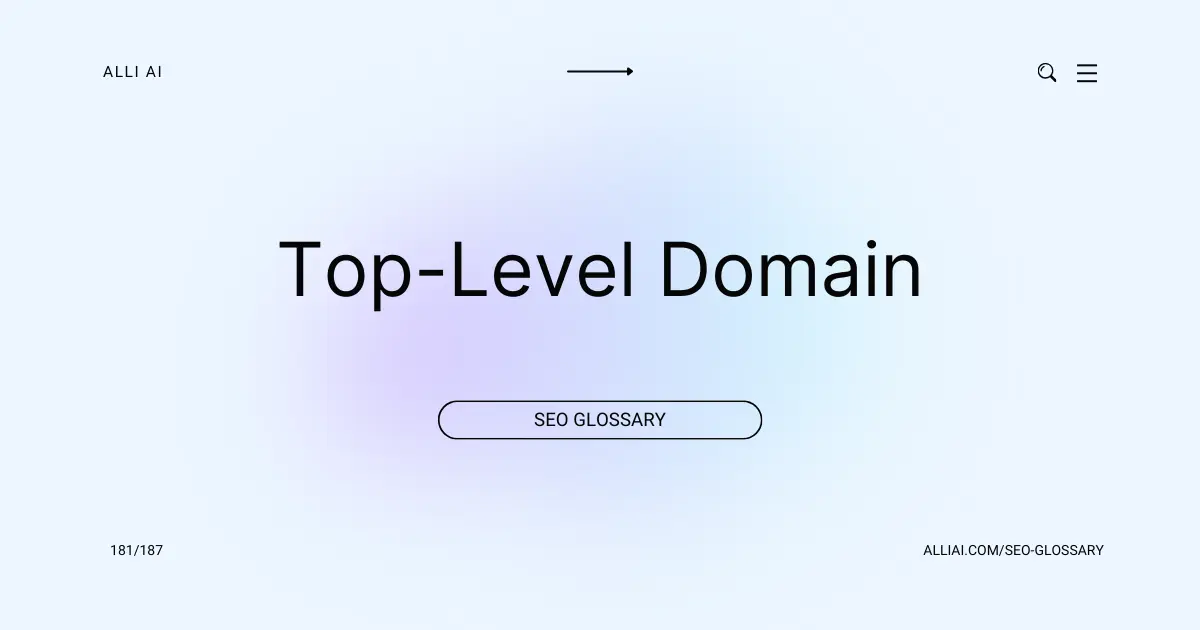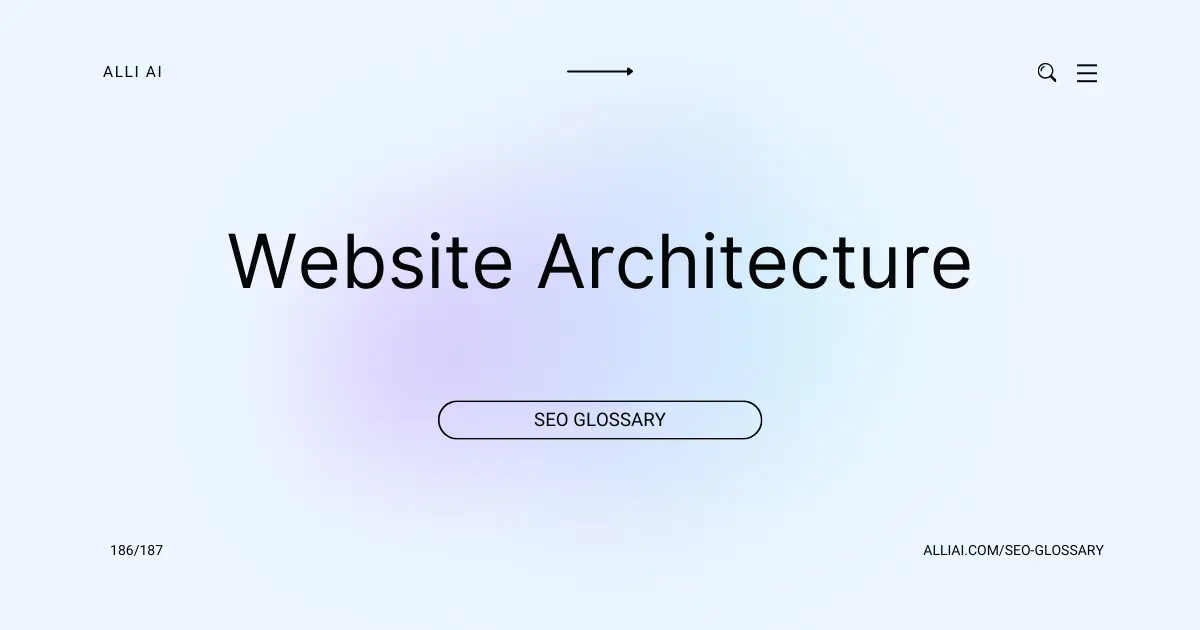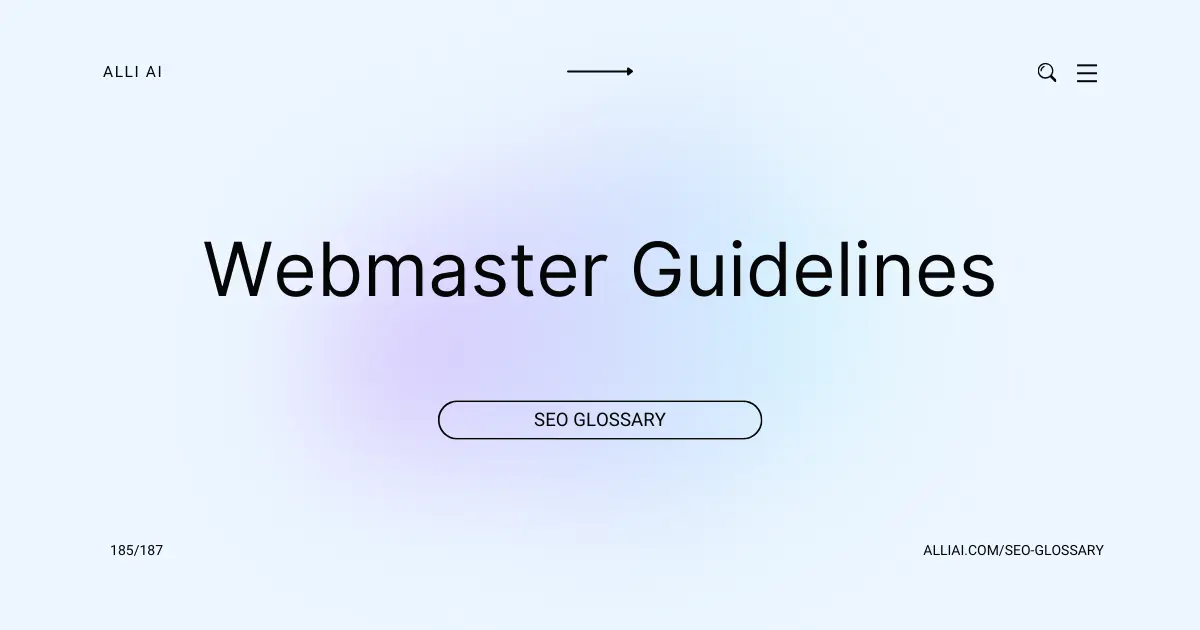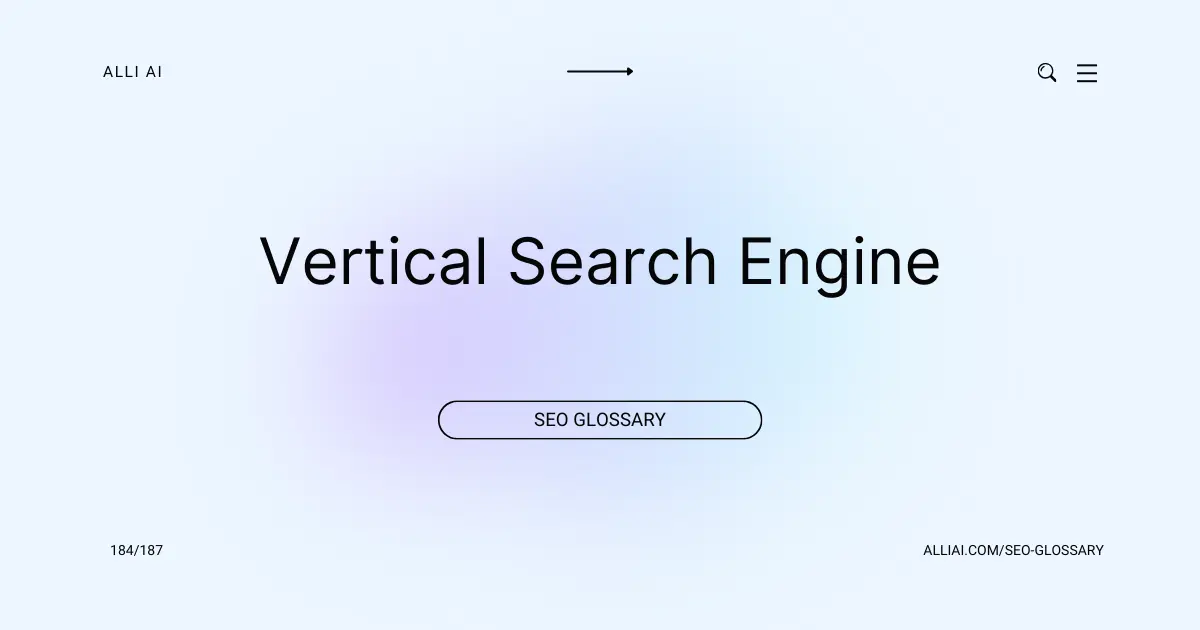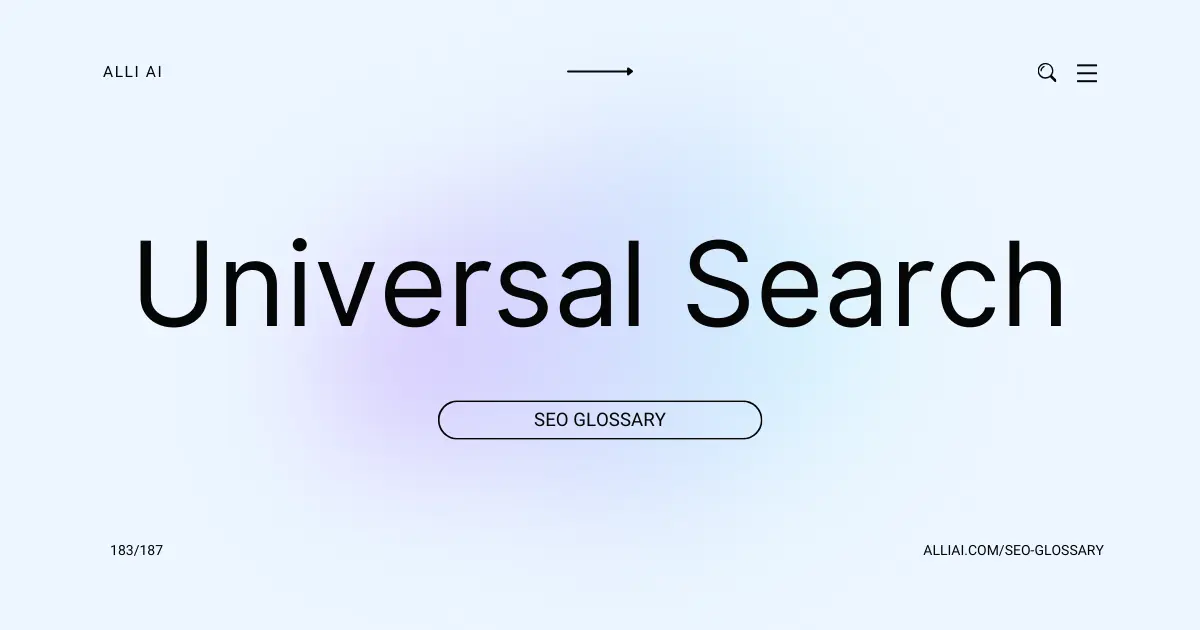What Does Snippet Mean?
A snippet is a small section of text that appears in search engine results. It summarizes the content of a webpage, giving users a quick idea of what to expect if they click on the link. This snippet usually includes the title of the page, a brief description, and the URL.
Where Does Snippet Fit Into The Broader SEO Landscape?
Featured snippets are a type of search result format that Google uses to display a concise answer or summary directly on the search results page, typically extracted from a webpage that effectively addresses the user’s query. They are positioned prominently at the top of the search results, often referred to as “Position 0.”
In the broader SEO landscape, snippets play a crucial role in improving visibility, click-through rates, and driving organic traffic. Optimizing content to potentially appear as a featured snippet involves structuring information in a way that search engines can easily interpret and consider authoritative enough to highlight. This includes clear, well-organized answers to common queries, use of headers, lists, and tables, and thorough coverage of the topic.
Rich snippets, another variant, enhance traditional search results with additional information like ratings, images, and other contextual data, helping websites stand out in SERPs and increasing the likelihood of clicks by providing more information directly in search results.
Overall, snippets represent a significant opportunity in SEO for enhancing visibility and authority, directly impacting traffic and user engagement by directly answering user queries at the very top of SERPs.
Real Life Analogies or Metaphors to Explain Snippet
A snippet is like a movie trailer, giving you a quick preview of what the full feature holds to entice you into watching more.
How the Snippet Functions or is Implemented?
1. Crawling and Indexing: Google crawls web pages and indexes the content into a searchable format. It looks for information that is relevant, fresh, and high-quality.
2. Query Processing: When a user inputs a query, Google analyzes the search terms and retrieves the most relevant data from its indexed content.
3. Snippet Extraction: Among all indexed pages, Google identifies the passages that best answer the user’s question or relate closely to the search query.
4. Relevance Analysis: The algorithm evaluates which snippets from these passages are most relevant. Factors include keyword density, context, and how closely the content matches the query.
5. Formatting the Snippet: Google displays a formatted snippet in its search results. This often includes a highlighted section (bolded words) where the search keywords are contained.
6. Snippet Display: The selected snippet along with the page title and URL is then displayed in the search results. This snippet aims to give users a preview of the webpage content and its relevance to their search query.
Impact Snippet has on SEO
Featured snippets are short excerpts of text that appear at the top of Google’s search results in order to quickly answer a searcher’s query. The content that appears in these snippets is automatically pulled from web pages in Google’s index. Featured snippets impact SEO and user experience in several key ways:
1. Visibility and Traffic: Appearing in a featured snippet can significantly increase the visibility of a website on search results pages. Since snippets are placed above traditional organic listings, often referred to as “Position 0,” they attract a lot of attention and clicks from users, potentially increasing traffic to the website.
2. Authority and Trust: Being featured in a snippet can position a website as authoritative and trustworthy on a particular topic. This perceived authority can enhance the user’s trust in the content of the website.
3. Click-Through Rates (CTR): While some studies suggest that snippets can decrease click-through rates because users get the answers they need directly in the search results, others indicate that the increased visibility and perceived authority can actually increase CTR.
4. Competitive Advantage: Snippets can provide a competitive edge in search results. By jumping to the top of the page, even above higher-ranking competitors, a snippet can divert traffic from competitors, potentially increasing its market share in organic search results.
5. User Experience: For users, featured snippets provide quick answers or summaries that can improve their search experience, reducing the time spent looking for answers. This aligns with Google’s goal of providing the best user experience by efficiently delivering the most relevant information.
6. Voice Search and Mobile: In the context of voice search and mobile usage, snippets are increasingly crucial. They are often used to provide voice answers to queries on smart speakers and mobile devices.
These impacts make featured snippets an important SEO target for increasing visibility, enhancing user experience, and improving overall website performance in search engines.
SEO Best Practices For Snippet
1. Identify target keywords related to the content that are commonly searched by users and have a clear intent.
2. Format the content using clear, concise language and use the target keywords early in the content to align it closely with the search query.
3. Structure the content using headings, lists, and bullet points to make it easier for search engines to understand and extract relevant information.
4. Include a direct answer to the query near the top of the page, preferably in a dedicated section or paragraph explicitly designed to be snippet-friendly.
5. Optimize the page’s meta title and meta description to reflect the focus of the content and include the target keywords.
6. Use schema markup (structured data) when appropriate to help search engines understand the content’s context better, increasing the likelihood of being featured in a snippet.
7. Keep the content up-to-date and factually accurate to enhance its credibility and the likelihood of selection for the featured snippet.
8. Ensure the webpage loads quickly and is mobile-friendly, as user experience is a factor in search engine rankings.
9. Build high-quality backlinks to the page from reputable sources to increase the domain’s authority and the page’s credibility.
10. Regularly update the content based on the latest information and the performance of the snippet to maintain its position or improve it over time.
Common Mistakes To Avoid
1. Ignoring Snippet-Length Guidelines: Ensure meta descriptions are concise (about 155-160 characters) to prevent them from being cut off in search results.
2. Overusing Keywords: Avoid stuffing keywords into snippets. Use them naturally to improve readability and relevance.
3. Not Matching Content: Ensure the snippet accurately reflects the content on the page. Misleading snippets can increase bounce rates.
4. Using Duplicate Snippets: Create unique snippets for each page to avoid diluting search relevance and preventing content cannibalization.
5. Failing to Optimize for Mobile: Check how snippets appear on mobile devices to ensure clear and engaging displays on smaller screens.
6. Neglecting Rich Snippets: Utilize structured data to enhance snippets with additional information like ratings and prices which can improve click-through rates.
7. Overlooking Voice Search Optimization: Incorporate natural language processing with conversational keywords to align with how people use voice search.
8. Ignoring Geotargeting Possibilities: For local SEO, include region-specific information and keywords to attract local traffic.
9. Not Testing Snippets: Regularly A/B test different snippets to find the most effective ones based on user engagement and CTR.
10. Forgetting Call to Action: Include a compelling call to action in the snippet to improve click-through rates.
